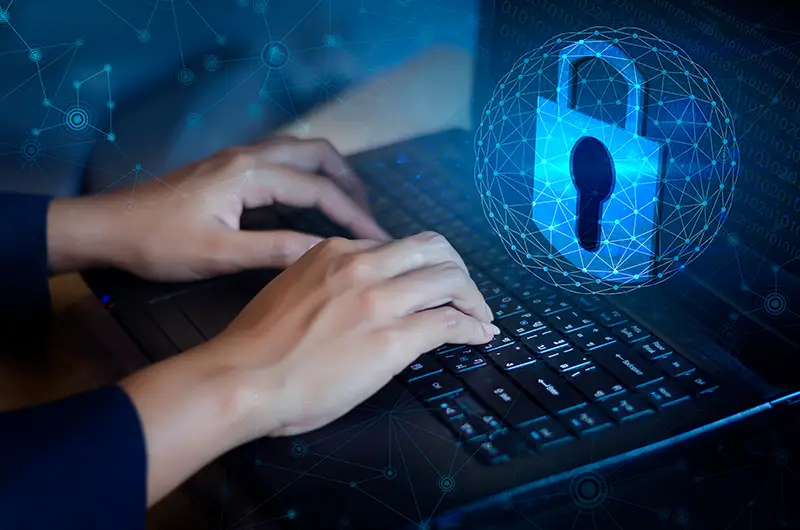Click here to get this post in PDF
Thanks to high-profile cases involving digital giants LinkedIn and Kaseya, practically everybody is talking about cyber security. Rightly so, I say! Did you know there were 106 recorded security breaches in June 2021 alone? And that’s just the recorded ones.
To help us all get a little more ahead of the curve when it comes to the safety of our online data, here are a few of the latest digital trends and their subsequent threats to our cyber security.
Remote Working and The Cloud
The first of these changes is the move towards remote working and the subsequent reliance on cloud-based services.
Remote working is here, and it looks like it is here to stay. Unfortunately for some companies, this means that what was originally a quick-and-dirty temporary fix may now become a permanent way of working. To keep operations running as smoothly as possible, many companies rushed or wholly ignored their usual security measures, putting their organization at a much higher risk of a cyber-attack. If we are to enter a world of remote work without putting our business’ and their data at risk, we need to make this a permanent (and secure) change.
Remote working and the cloud come pretty much hand in hand. But, while cloud services are a dream come true for those of us working with anyone, anywhere, from anywhere, they’re also low-hanging fruit for cybercriminals. Last year, misconfigured cloud settings resulted in an average total cost of $4.41 million.
Don’t let this happen to your organization. Instead, make the switch slowly and securely.
The Risks of Multi-Factor Authentication
Multi-factor authentication (MFA) is becoming more and more common as an additional line of defense online. MFA involves using two or more separate factors in authorizing users to access secure data, forcing people to use more than one device to confirm their identity. For example, when we log in to Facebook on a new device or browser and are asked to verify our identity via a text message or authentication app.
While the use of MFA is critical to security, Microsoft recently urged users to move away from phone-based MFA due to a lack of security among telephone networks. The text messages containing our verification codes aren’t encrypted, so attackers can gain access to them fairly easily.
The solution? A more complex MFA such as Google Authenticator or Microsoft Authenticator.
Artificial Intelligence
I’m sure you don’t need me to tell you that the use of artificial intelligence (AI) is on the rise. AI is increasingly being used to build automated security systems that replace human intervention, making it possible to analyze massive quantities of risk data at a much faster pace. This is beneficial for large companies dealing with vast amounts of data and small or mid-sized companies whose security teams might be under-resourced. As well as saving time and resources, AI integration could save a lot of money, even for those who do suffer a cyber-attack. In 2020, organizations that suffered a data breach but had AI technology fully deployed saved an average of $3.58 million in potential losses.
While AI presents a significant opportunity for stronger threat detection among businesses, the evolution and increased use of this technology go both ways. For example, criminal networks are taking advantage of AI to automate their attacks, making them faster, cheaper, and more efficient.
If you haven’t already, consider implementing AI-powered security systems in your business to streamline your threat detection efforts and potentially limit the impact of a breach if (God forbid) you should fall victim to one!
Quantum Computing
Quantum computers can consider any amount of information simultaneously, making them up to 158 million times faster than the world’s fastest supercomputer.
When it comes to cyber security, this is a scary prospect. With access to a quantum computer and the right algorithm(s), a cybercriminal could break through the most common cyber security barriers without lifting a finger. For example, the public key cryptography (“PKC”) that underpins most blockchains in the digital universe would be rendered practically useless by a quantum attack.
To prevent an attack of this kind, our security systems need a quantum-ready upgrade. While many so-called ‘cyber security experts’ is avoiding the mere subject, there are some seriously clever people developing solutions for today that will keep us safe from the threats of tomorrow…
The conclusion? There are some big changes afoot that require us to rethink how we protect our businesses from cyber-attacks. Thankfully, there are also the tools and support systems available to help us become prepared and protected!
You may also like: Cyber Security For Your Small Business
Image source: Dreamstime.com

